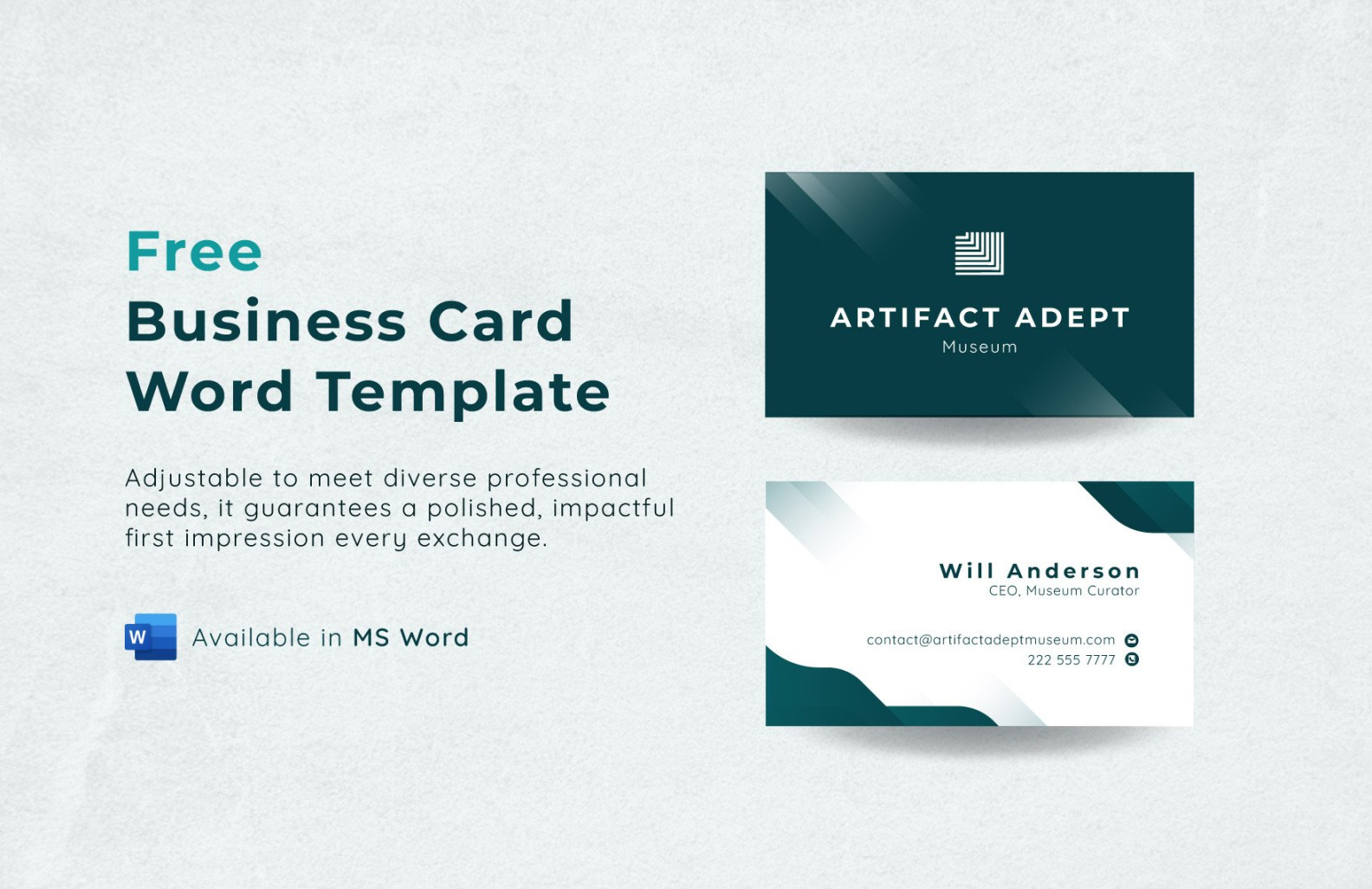A business Card is a small, rectangular piece of cardstock that contains essential information about an individual or company. It serves as a tangible representation of your professional identity and an easy way to share your contact details with potential clients, colleagues, and business partners. A well-designed business card can leave a lasting impression and contribute to your professional image.
Choosing the Right Template

Word 2013 offers a variety of pre-designed business card templates to choose from. To find the perfect template for your needs, consider the following factors:
Professionalism: The template should have a clean and modern design that conveys professionalism and credibility.
Once you’ve selected a template, you can customize it to suit your preferences. Here are some key design elements to consider:
Font Selection
The font you choose can significantly impact the overall appearance of your business card. Opt for fonts that are easy to read and professional-looking. Some popular choices include Arial, Calibri, Helvetica, and Times New Roman. Avoid using overly decorative or difficult-to-read fonts.
Color Scheme
The color scheme of your business card should be consistent with your company branding or personal style. Choose colors that complement each other and create a visually appealing design. Consider using a color palette that reflects your industry or personality.
Layout and Arrangement
The layout and arrangement of elements on your business card should be balanced and easy to read. Ensure that your name, title, company name, contact information, and logo (if applicable) are prominently displayed. Use white space effectively to create a clean and uncluttered design.
Contact Information
Include your essential contact information on your business card, such as your name, title, company name, phone number, email address, and website. Consider adding your social media handles or other relevant information as needed.
Logo and Branding
If your company has a logo, incorporate it into your business card design. The logo should be placed prominently and should be consistent with your branding guidelines.
Additional Elements
Depending on your industry or personal preferences, you may want to include additional elements on your business card, such as a tagline, a QR code, or a brief description of your services.
Proofreading and Printing
Before printing your business cards, carefully proofread the information to ensure accuracy. Pay attention to spelling, grammar, and formatting. Once you’re satisfied with the design, choose a high-quality printing service to ensure that your business cards look professional and polished.
Conclusion
A well-designed business card can make a lasting impression and help you stand out in a competitive professional environment. By carefully considering the design elements discussed in this guide, you can create a business card that reflects your professional identity and leaves a positive impression on your audience.